I earn commissions if you shop through the links below at no additional cost to you.
Last Updated on February 7, 2025 by Jeremy
When we think of forests, we often picture towering redwoods or dense tropical rainforests. But beneath the waves lies another kind of wilderness—a kelp forest teeming with life. Imagine floating weightlessly through towering golden fronds, schools of fish darting past, while sea lions twist and turn through the kelp like acrobats.
I haven’t had the chance to explore one myself yet, but I’ve read enough to know it would be an unforgettable experience. Whether it’s snorkeling among the giant kelp off the coast of California, learning about kelp fisheries in Japan, or experiencing the vibrant marine life of Cape Town’s underwater forests, kelp ecosystems offer some of the most fascinating and fragile environments on Earth.
If you’ve ever been curious about kelp forests, their incredible wildlife, and how you can experience them firsthand, this is your guide.
What Are Kelp Forests?
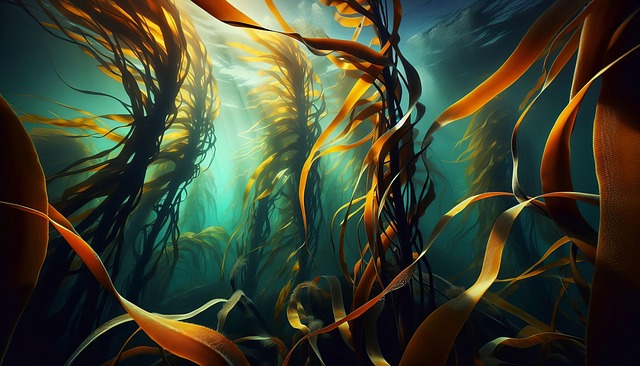
Kelp forests are underwater ecosystems found in cool, nutrient-rich coastal waters around the world. These massive, plant-like organisms aren’t actually plants at all—they’re a type of algae that grow in dense forests, providing food and shelter for a huge variety of marine life.
Unlike coral reefs, which take centuries to form, kelp can grow up to 2 feet per day, making it one of the fastest-growing organisms on Earth.
Where Can You Find Kelp Forests?
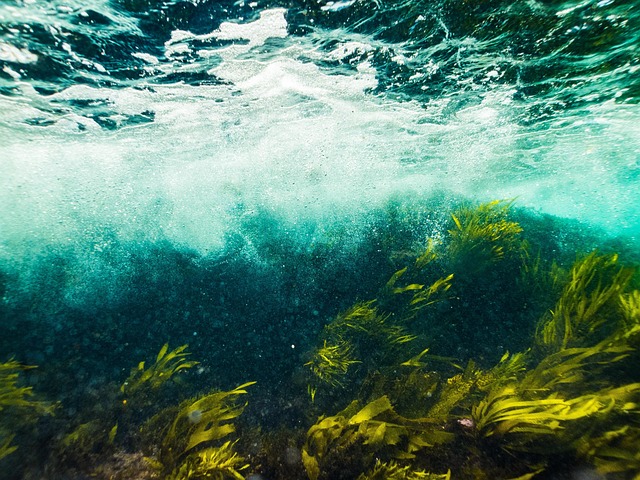
Kelp forests thrive in temperate and polar waters, with some of the most well-known locations including:
✅ California, USA – Giant kelp forests along the Pacific Coast
✅ British Columbia, Canada – Cold-water kelp forests near Vancouver Island
✅ Japan – Home to traditional kelp fisheries used in Japanese cuisine
✅ South Africa – Rich kelp ecosystems near Cape Town, teeming with marine life
✅ Australia & New Zealand – Expansive underwater forests supporting unique species
Want to see a kelp forest up close? Check out these top Viator experiences that let you dive right into the action:
🔹 Kelp Fisheries Experience – Traditional Japanese Food Culture
🔹 Kelp Forest Snorkeling in Cape Town
Kelp Forest Wildlife: Who Lives Here?
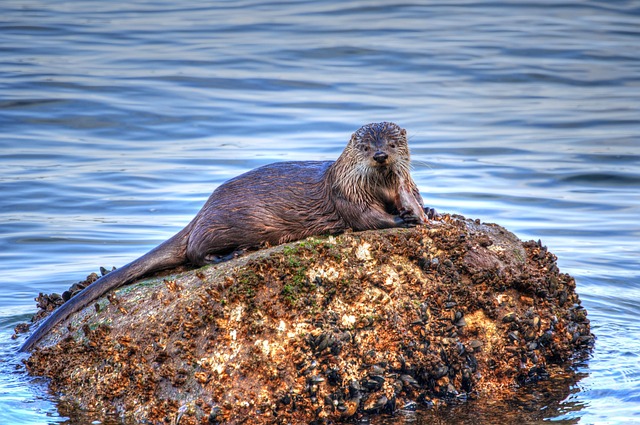
Kelp forests are biodiversity hotspots, home to hundreds of species of fish, invertebrates, birds, and marine mammals. These ecosystems function much like rainforests—providing shelter, food, and breeding grounds for an incredible variety of wildlife.
Top Kelp Forest Animals:
🦦 Sea Otters – The “guardians” of kelp forests, keeping sea urchins in check.
🦈 Leopard Sharks – Often found cruising through kelp in California waters.
🐠 Rockfish & Garibaldi – Bright orange garibaldi fish add color to the kelp canopy.
🐧 African Penguins – Found near Cape Town’s kelp forests, where they nest and hunt.
🐬 Sea Lions & Seals – Agile swimmers that weave effortlessly through the kelp.
Many animals rely on kelp forests for survival, but some pose a threat to their balance—particularly sea urchins.
Friend or Foe? The Battle Between Sea Otters and Sea Urchins
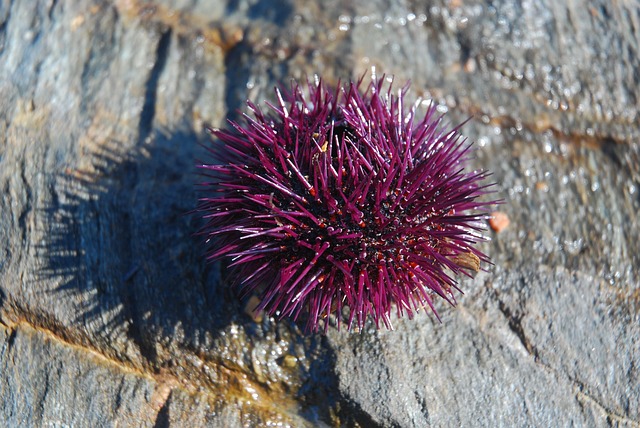
Kelp forests are constantly shifting ecosystems, and their balance can be disrupted if certain species grow out of control. One of the biggest threats to kelp forests is overgrazing by sea urchins.
🦀 The Foe: Sea Urchins
Normally, sea urchins feed on loose pieces of kelp, but when their population explodes, they start devouring entire kelp stalks, destroying entire forests. This leads to the formation of urchin barrens—barren underwater deserts where kelp forests once thrived.
🦦 The Friend: Sea Otters
Enter the sea otter, nature’s best kelp forest protector. By hunting sea urchins, sea otters prevent them from overpopulating and wiping out entire kelp forests.
Unfortunately, sea otters were hunted extensively for their fur in the past, leading to population crashes—and in turn, an explosion of sea urchins that devastated kelp forests. Conservation efforts have since helped otter populations rebound, restoring balance to these fragile ecosystems.
How Overfishing Affects Kelp Forests
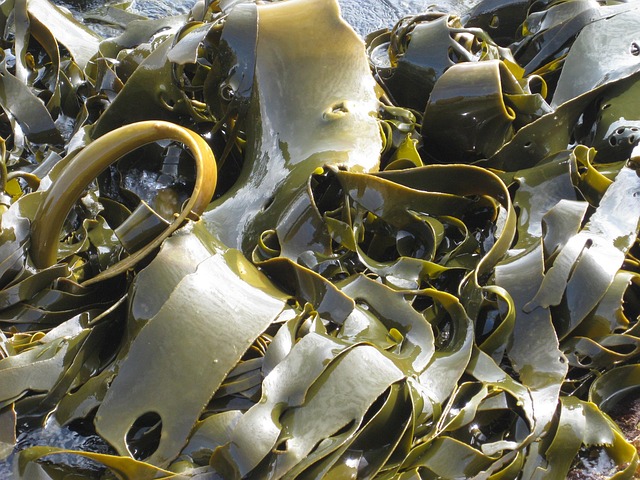
Beyond sea urchins, human activity has also had a major impact on kelp forests—especially overfishing. Many predatory fish, like rockfish and certain species of sharks, help regulate kelp forest ecosystems. When these species are overfished, their prey (such as sea urchins and smaller fish) can overpopulate and cause damage to the kelp.
Conservation Efforts That Help Kelp Forests:
✅ Marine Protected Areas (MPAs) – Restrict overfishing to allow ecosystems to recover.
✅ Sea Otter Protection Programs – Help restore natural predator-prey balance.
✅ Sustainable Fishing Practices – Prevent overharvesting of key species.
✅ Eco-Tourism & Awareness – Encourages responsible exploration and conservation.
Want to support marine conservation? Many Viator experiences donate a portion of their proceeds to ocean conservation efforts!
How to Experience a Kelp Forest for Yourself
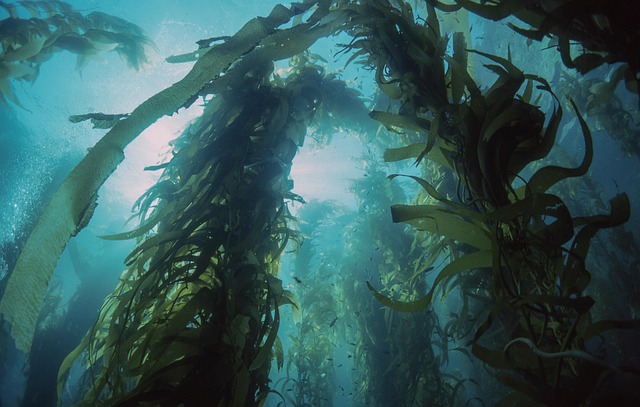
If you’re looking for an unforgettable adventure, nothing compares to snorkeling or scuba diving in a kelp forest. Imagine swimming alongside graceful leopard sharks, watching sea lions twist and twirl through the fronds, or witnessing playful sea otters floating on their backs.
To get started, you’ll need the right snorkeling and diving gear:
🔹 Snorkeling Gear Set – Great for first-time snorkelers!
🔹 Scuba Diving Set – For those ready to go deeper.
Top Kelp Forest Adventures (Viator Booking Links Below)
Final Thoughts
Kelp forests are one of nature’s most unique and fragile ecosystems, supporting incredible marine biodiversity while playing a key role in coastal health. Whether you’re snorkeling through the towering kelp in Cape Town, learning about kelp’s role in Japanese cuisine, or simply reading about their importance, these underwater forests deserve our attention and respect.
If you’re feeling adventurous, why not take the plunge and explore one for yourself? Whether you book a snorkeling tour, a kelp forest eco-trip, or even a sustainable travel experience, you’ll gain a new appreciation for the wonders of the ocean.
🌿 Ready to explore a kelp forest? Book your adventure today!
Which kelp forest would you love to visit? Let us know in the comments!
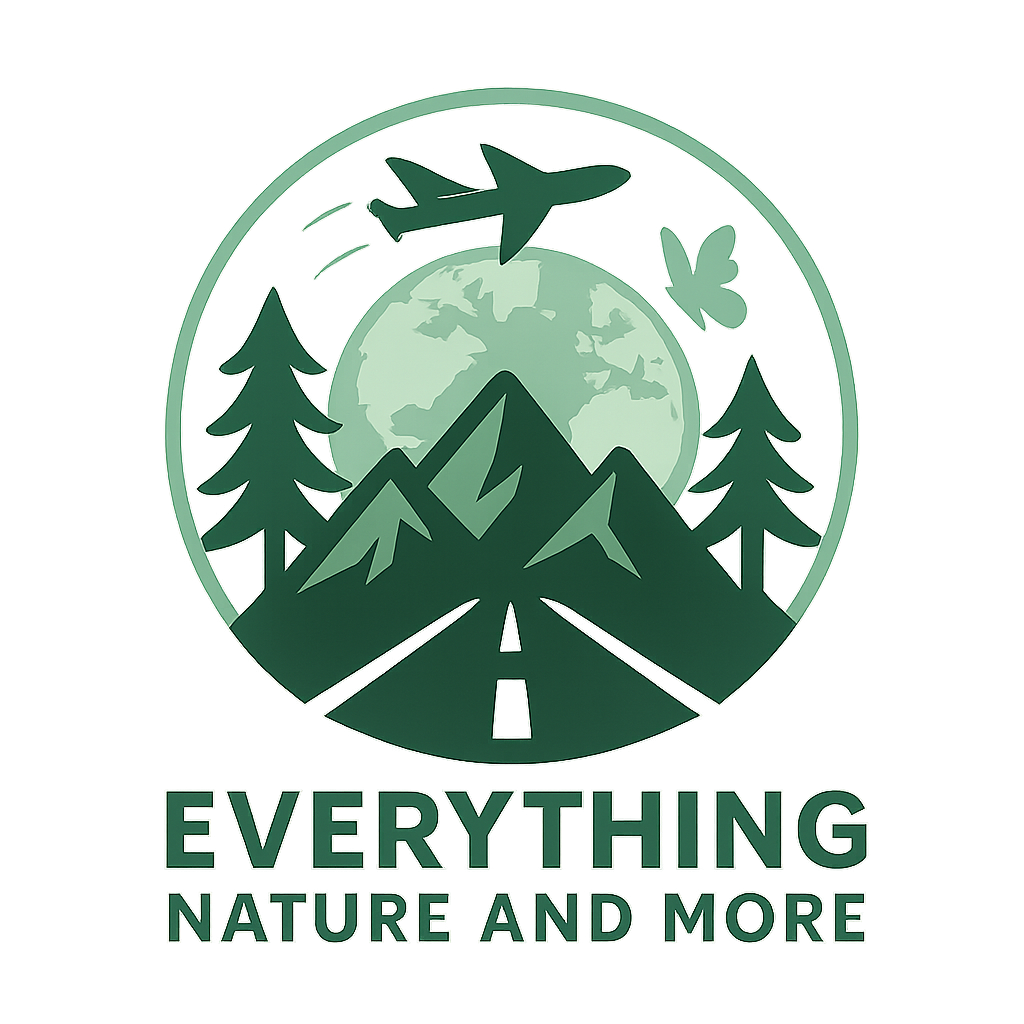
Leave a Reply